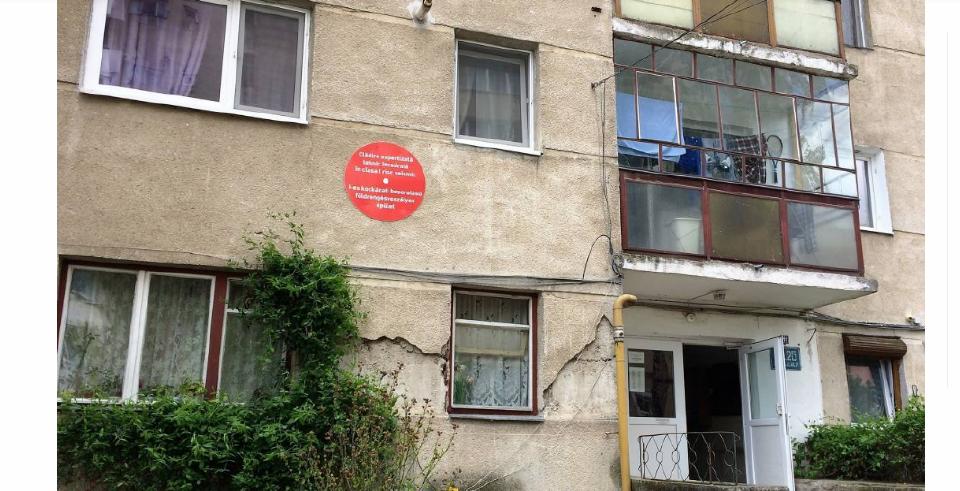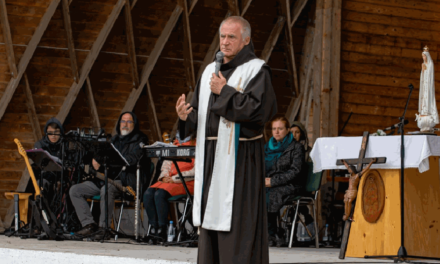A few days after the disaster in Turkey at the beginning of the week, Romanian prefects were asked to prepare a list of buildings at risk of earthquakes. Anyway, these buildings are registered by the county emergency inspectorates and brought to the attention of the county governments in September of each year. This year, it was possible to apply to the Ministry of Development to confirm these, but among the first, almost two hundred winners, there is not a single building from Maros, Hargita and Kovászna counties...
The head of the ministry, Attila Cseke, reported that the earthquake protection and energetic renovation of the headquarters of 162 public institutions - schools, medical institutions, offices - worth 262 million euros, and twenty other projects - worth 179 million euros - relate to the strengthening of 76 apartment buildings. Most of the buildings are located in Bucharest, not a single building from the counties of Maros, Hargita and Kovaszna is on the list. The registration of earthquake-prone buildings is one of the tasks of the county emergency inspectorates. In September of each year, the county representative bodies adopt the annual disaster prevention plan, in which there is a separate chapter on the risk of earthquakes. Maros county: there are regions more prone to earthquakes.
On the website of the Maros county municipality, which is otherwise transparent, we easily found the decision of last September, which states that an earthquake of magnitude 4-6 may occur in the settlements around Kis- and Nagy-Küküllő in Maros county. The decision includes 45 buildings, including schools, blocks of flats, churches, cultural centers and medical clinics, which could be at risk in the event of a major earthquake. The expert survey was carried out in the case of seven buildings, among them are four apartment blocks in Marosvásárhely, but also the Reformed church in Nyárádszentanna and two buildings in Dicőszentmárton. The extended list also includes several rural schools, medical clinics, churches and residential buildings.
Hargita County: arranged in a few lines Finding a draft resolution on the website of the Hargita County Council is a special art. If we do find it, it can be difficult to study. For example, the draft resolution containing disaster prevention measures is a 188-page, scanned text that is difficult to understand. In it, there are only 14 lines about the risk of earthquakes, which shows that 80 percent of Hargita County is classified as E, and the rest is classified as D and F. But we don't know what this means. We requested data on endangered buildings in Hargita county from the county emergency inspectorate, its press spokesperson, Alina Ciobotariu, told Székelyhon that according to the report requested from the local authorities, there is not a single earthquake-hazardous building in Hargita county.
Kovászna county: in the ministry's view, a few years ago, a residential building in Kovászna county was on the list of the Ministry of Development as a building at risk of earthquakes, for which an expert opinion was ordered, but it is not known whether money was spent on this or whether it was confirmed. On the website of the Kovászna County Council, although the adopted draft resolutions are clearly visible and can be studied, neither the 2022 nor the August-December 2021 resolutions found a decision on the adoption of annual disaster prevention measures, and therefore no list of potentially endangered buildings.
Source: Szekelyhon.ro
Author: Simon Virág
Photo: Blanka Bíró (The red dot shown in the picture must be used to indicate if a building is at risk of earthquakes.)













